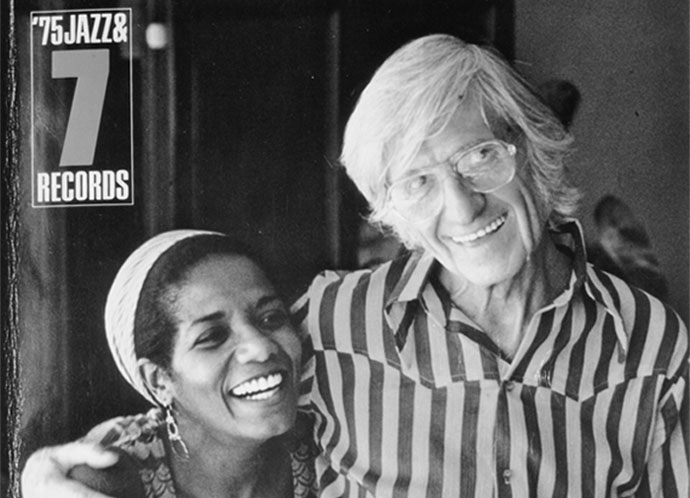 Jazz Profiles Gil Evans: The Arranger as Re-composer (Part 3)
According to Ted Gioia: “Evans
was little known at the time, even in Jazz circles. His biggest claim
to fame, to the extent he enjoyed any, was due to his forward-looking
arranging for the Claude Thornhill orchestra. The
Thornhill band was a jumble of contradictions: it was sweet and hot by
turns; progressive and nostalgic—both to an extreme; overtly commercial,
yet also aspiring to transform jazz into art music. Like Paul Whiteman,
Thornhill may have only obscured his place in Jazz history by
straddling so many different styles. Jazz
historians, not knowing what to do with this range of sounds, prefer
to relegate Thornhill to a footnote and dismiss him as a popularizer or
some sort of Claude Debussy of jazz. True, this band was best known for
its shimmering, impressionistic sound, exemplified in Thornhill's theme
"Snowfall." But
this was only one facet of the Thornhill band. Evans, in particular,
brought a harder, bop-oriented edge to the group, contributing solid
arrangements of modern jazz pieces such as "Anthropology," "Donna Lee,"
and "Yardbird Suite." In due course, these songs would become jazz
standards, practice-room fodder for legions of musicians, but at the
time Evans was one of the few arrangers interested in translating them
into a big band format. Yet Evans was equally skillful in developing the more contemplative side of the Thornhill band. His later work with Davis
would draw on many devices—static harmonies, unusual instruments (for
jazz) such as French horn and tuba, rich voicings — refined during his
time with Thornhill. Gerry
Mulligan would also contribute arrangements to the Thornhill band, and
later credited the leader with "having taught me the greatest lesson in
dynamics, the art of under-blowing." He described the Thornhill sound
as one of "controlled violence"—perhaps an apt characterization of the
cool movement as a whole [The History of Jazz, p. 281, paragraphing modified].” Gil: Yeah, right, I met Claude Thornhill in Hollywood.
I came out there to write some arrangements for this band, Skinny
Ennis's band, who was on the Bob Hope show. And I was writing
arrangements for that. Claude had an insurance policy that he was going to cash in, and he couldn't decide whether to go to Tahiti for the rest of his life or go back to New York
and start a band. Which he decided to do. So I said to him, "If you
ever need an arranger, let me know." So when his chief arranger got
drafted, he sent for me. That was in 1941, '42. Then we all got drafted.
So when he reorganized back in '46, I was with him again for a while. But
by that time, the scene had changed. The swing band era was over right?
He just missed it by that three or four years in the service. He could
have scored, but coming back into it again, pop music had come along and
rock and roll, and folk and all that. So he had a hard time booking the
band. And the band was big. It was a wonderful workshop for me. It
had three trumpets and two trombones and two French horns and two
altos, two tenors, baritone and a separate flute section, right? Three
flute players, didn't play anything but flutes. And a tuba. So it was a
big nut for him, and he finally had to give it up. |
|

